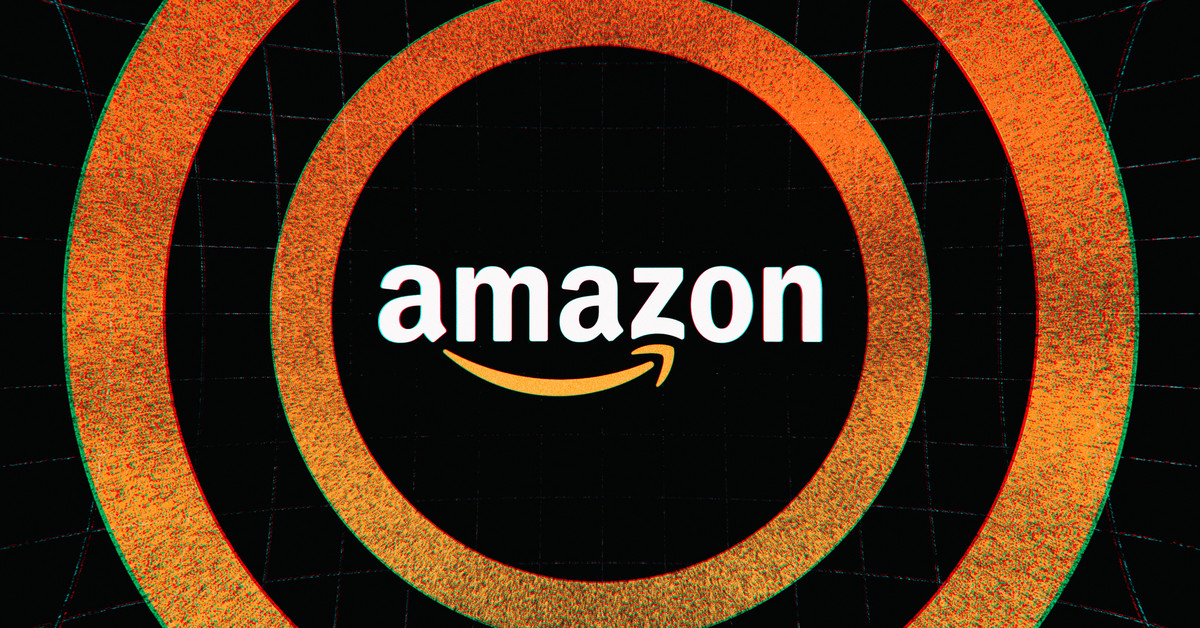Revolutionary Samsung IoT-Trackable Credit Card
Samsung has recently introduced a credit card in South Korea with a distinctive feature: it can be tracked using the […] The post Revolutionary Samsung IoT-Trackable Credit Card appeared first on ReadWrite.

Samsung has recently introduced a credit card in South Korea with a distinctive feature: it can be tracked using the company’s SmartThings Find service. This creative development in the credit card industry enables users to observe the real-time location of their card through Bluetooth Low Energy technology. This innovative feature provides an additional layer of security for cardholders and simplifies the process of locating misplaced cards. Integrating SmartThings Find service into Samsung’s credit card offering significantly makes everyday payment tools more efficient and connected to modern digital ecosystems. Currently, the card is exclusively available in South Korea, where it has been launched in partnership with KB Kookmin Card. Samsung has not yet revealed any intentions to offer a similar product in the United States.
Integration of Samsung IoT-Trackable with SmartThings Find App
The Internet of Things (IoT) compatible card can be effortlessly integrated into the SmartThings Find app, and similar to Apple’s Find My system, its location can be relayed to users through additional Samsung devices that detect it. This innovative feature aims to reduce the occurrence of lost or misplaced cards, ultimately providing extra convenience for Samsung cardholders. As IoT technology continues to develop and becomes more ingrained in our daily lives, offerings like this card may become increasingly commonplace in the near future. This feature is applicable whether the card is close by or far away in another nation. Samsung states that the card utilizes Bluetooth Low Energy (BLE) for this function, rather than ultra-wideband technology — another choice for the SmartThings Find service.
Alternatives for Tracking Essential Items
For those in the United States seeking comparable tracking choices, other options are accessible. One such option is the popular Tile Tracker, which uses Bluetooth technology to locate lost items effectively. Apple has also introduced the AirTag, which combines ultra-wideband and Bluetooth technology to provide a seamless experience for iPhone users tracking their misplaced valuables.
Utilizing Existing Trackers for Wallets
Users can place an Apple AirTag into their wallets or investigate the many Bluetooth trackers available in the market, which come in a variety of shapes and dimensions. These trackers utilize Bluetooth technology to connect to your smartphone, allowing you to locate your wallet if it’s misplaced or lost easily. Whichever option you choose, investing in a wallet tracker can provide peace of mind and protection for your valuable personal items.
Effectiveness of Tracking Devices
The effectiveness of these devices relies on factors such as whether they use ultra-wideband, Bluetooth Low Energy, or both (with ultra-wideband offering precision finding capabilities that Bluetooth Low Energy lacks) and the tracking network the device employs. Additionally, the size of the tracking network plays a crucial role in determining the success rate of locating lost items, as a more extensive network increases the chances of finding them. Other features, such as battery life, durability, and user interface, contribute to these devices’ overall usability and effectiveness.
The Future of IoT in the Credit Card Industry
As technology continues to evolve, the credit card industry is expected to implement IoT-based features further, giving rise to smarter payment tools and services. The integration of location-based technologies, like Samsung’s trackable card, provides an excellent opportunity for financial institutions to enhance security and offer a more connected customer experience. As IoT becomes more prevalent in our daily lives, it will be interesting to witness the burgeoning role of IoT-enabled cards and how they redefine the payment industry.
Samsung’s introduction of an IoT-compatible credit card makes everyday payment tools more efficient and connected to modern digital ecosystems. The integration of credit card tracking capabilities allows financial institutions to enhance security and customer experience. As IoT technology develops, even more innovative features and tools are expected to emerge in the credit card industry, making daily transactions more seamless and secure.
Frequently Asked Questions (FAQ)
What makes Samsung’s IoT-trackable credit card unique?
Samsung’s IoT-trackable card through Bluetooth Low Energy technology enhances security and simplifies the process of locating misplaced cards.
Is Samsung’s IoT-compatible credit card available outside South Korea?
Currently, the card is exclusively available in South Korea, where it has been launched in partnership with KB Kookmin Card. Samsung has not yet revealed any plans to offer a similar product in the United States or other countries.
How does the card integrate with the SmartThings Find App?
The IoT-compatible card can be easily integrated into the SmartThings Find app, allowing its location to be relayed to users through additional Samsung devices that detect it. The feature aims to reduce lost or misplaced cards, providing extra convenience for Samsung cardholders.
What are some alternative solutions for tracking essential items like credit cards and wallets?
Alternative tracking solutions include the popular Tile tracker, which uses Bluetooth technology to locate lost items, and Apple’s AirTag, which combines ultra-wideband and Bluetooth technology for a seamless tracking experience for iPhone users.
Can existing tracking devices be used for wallets?
Users can place an Apple AirTag into their wallets or explore the many Bluetooth trackers available in the market, which come in various shapes and sizes. These trackers use Bluetooth technology to connect to your smartphone, allowing you to locate your misplaced or lost wallet easily.
What factors affect the effectiveness of tracking devices?
The effectiveness of tracking devices depends on factors like the type of technology used (ultra-wideband, Bluetooth Low Energy, or both), the tracking network employed, the size of the tracking network, and features such as battery life, durability, and user interface.
What does the future of IoT in the credit card industry look like?
The credit card industry is expected to implement IoT-based features further, leading to more innovative payment tools and services. Integrating location-based technologies provides opportunities for financial institutions to enhance security and offer a more connected customer experience. As IoT becomes more widespread, it will be interesting to see the evolving role of IoT-enabled cards and their impact on the payment industry.
First Reported on: theverge.com
![]()
Deanna Ritchie
Managing Editor at ReadWrite
Deanna is the Managing Editor at ReadWrite. Previously she worked as the Editor in Chief for Startup Grind and has over 20+ years of experience in content management and content development.

 BigThink
BigThink 
































